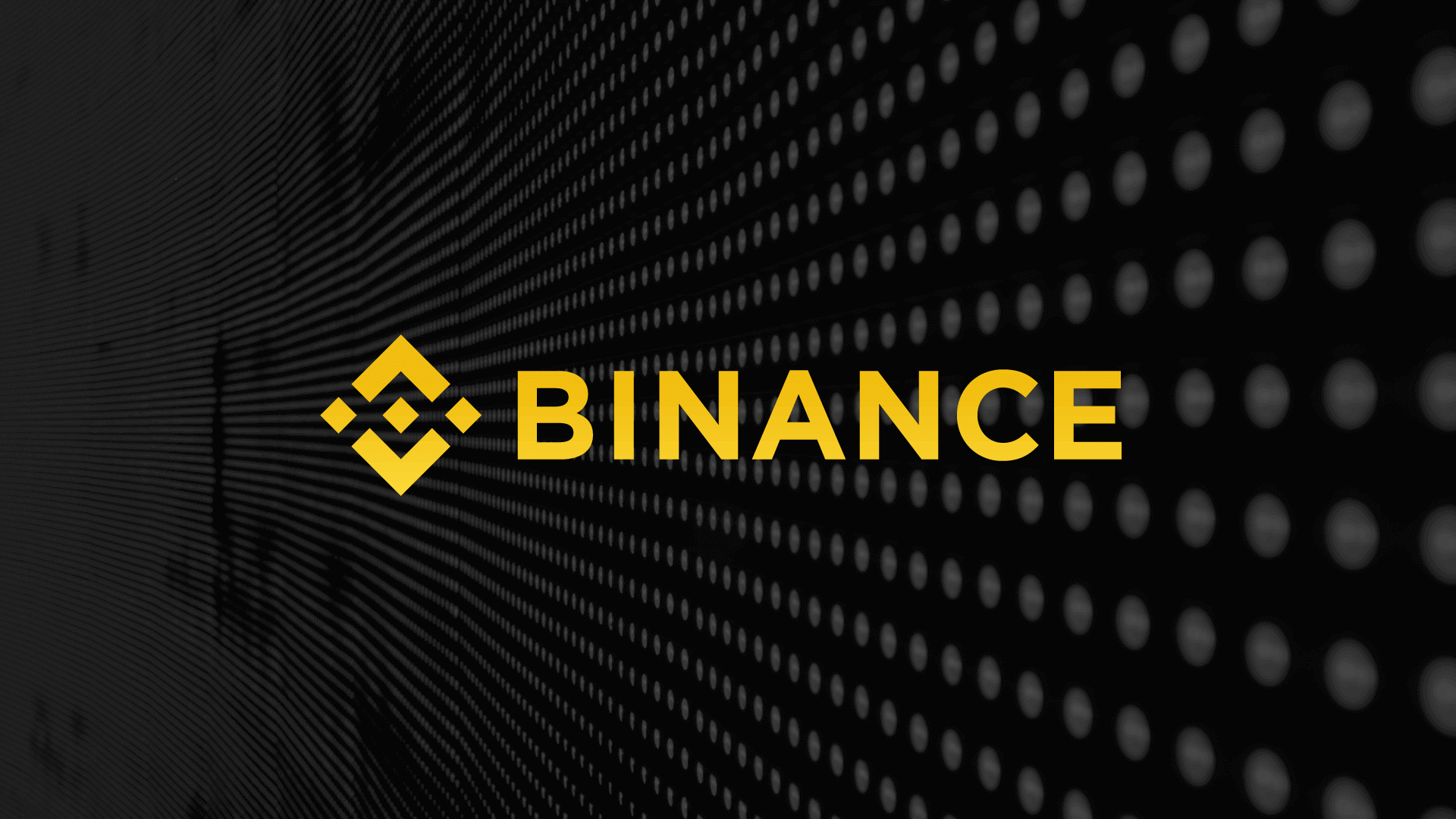Binance Adds Five Tokens to VIP Loan, Market Reaction Mixed
30.04.2025 20:00 1 min. read Alexander Stefanov
Binance has rolled out new borrowing options for a fresh batch of altcoins, introducing Hyperlane, SIGN, Initia, KERNEL, and WalletConnect to its VIP Loan platform.
While the move was positioned as a step toward boosting token utility and exposure, market reactions didn’t follow a clear path—only one asset out of the five managed to rally as the rest slipped into the red.
The announcement, made public on April 30, briefly stirred speculation around potential price jumps and improved liquidity. However, those expectations didn’t quite align with real-time trading data.
SIGN was the outlier, posting an impressive 50% surge over the week, though it couldn’t avoid a steep 18% dip during the day. KERNEL fell 5% within hours and showed a broader weekly slide of 10%.
Hyperlane didn’t fare much better, dropping by 3% on the day and 27% across seven days. WalletConnect and INIT also followed the downward trend, with only minor fluctuations to cushion the decline.
Despite Binance’s continued expansion of asset offerings, this latest batch has revealed a clear disconnect between availability and performance—at least in the short term. Still, with the broader crypto market leaning bullish, investors may yet find renewed interest in these tokens as liquidity builds and sentiment evolves.
-
1
Plasma’s ICO: A $500M Frenzy Sparks Fairness Debate
10.06.2025 22:00 2 min. read -
2
Ethereum Faces Heavy Sell-Off Amid Rising Geopolitical Tensions
13.06.2025 14:00 1 min. read -
3
Bitcoin Holds Above $100K, But Analyst Sees Trouble Brewing
07.06.2025 17:00 1 min. read -
4
South Korea’s New President Pushes for Domestic Stablecoins
11.06.2025 16:00 2 min. read -
5
Is a New Altcoin Cycle Brewing in 2025?
13.06.2025 12:00 1 min. read
First-Ever Staked Crypto ETF Set to Launch in the U.S. This Week
A new milestone in cryptocurrency investment products is set to unfold this Wednesday, as REX Shares prepares to launch the first-ever U.S.-listed staked crypto exchange-traded fund (ETF), according to a company announcement shared on X.
XRP Price Prediction: Can XRP Hit $4 After XRPL EVM Sidechain Launch?
XRP (XRP) has gone up by 1.2% in the past 24 hours but, behind that mild price increase, there has been a significant spike in trading volumes. During this period, $2.4 billion worth of XRP has exchanged hands, representing an 83% increase. Just hours ago, Ripple announced the official launch of its Ethereum-compatible sidechain called […]
Ethereum Launches Onchain Time Capsule to Mark 11th Anniversary in 2026
A community-driven initiative launched Monday is inviting Ethereum users to lock art, memories, and personal messages inside a decentralized “time capsule,” set to be opened on the network’s 11th anniversary next year.
Ethereum Accumulation Surges While U.S. Politics Stir Market Uncertainty
A new CryptoQuant report highlights a growing divergence between long-term Ethereum holders and short-term Bitcoin buyers, with significant accumulation behavior unfolding in both markets amid increasing political and economic tension in the U.S.
-
1
Plasma’s ICO: A $500M Frenzy Sparks Fairness Debate
10.06.2025 22:00 2 min. read -
2
Ethereum Faces Heavy Sell-Off Amid Rising Geopolitical Tensions
13.06.2025 14:00 1 min. read -
3
Bitcoin Holds Above $100K, But Analyst Sees Trouble Brewing
07.06.2025 17:00 1 min. read -
4
South Korea’s New President Pushes for Domestic Stablecoins
11.06.2025 16:00 2 min. read -
5
Is a New Altcoin Cycle Brewing in 2025?
13.06.2025 12:00 1 min. read


